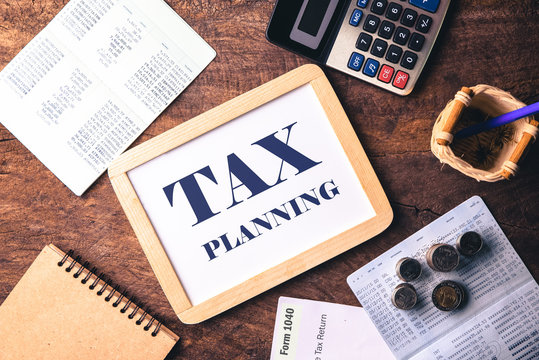Maximizing tax reliefs can be a strategic move for anyone looking to enhance their financial planning. Understanding the UK tax system is essential for this, as it offers a variety of opportunities for individuals and businesses to minimize their tax liabilities legally. By getting to grips with the system, you can identify ways to benefit from various deductions, allowances, and credits.
This comprehensive guide will walk you through the essentials of tax relief in the UK, ensuring you are well-equipped to make informed decisions that can lead to significant savings. After all, effective financial planning starts with smart tax management.
Understanding the UK tax system

The UK tax system is complex, encompassing various forms of taxes such as income tax, corporation tax, and VAT, among others. Navigating through it can be daunting, especially when trying to pinpoint where you can maximise tax reliefs. Becoming familiar with how different types of taxes work is the first step to making the most of them. By learning the nuances of the system, taxpayers can uncover legitimate ways to reduce their tax burden.
The UK government provides several tax reliefs as incentives for specific behaviours, such as saving for retirement or investing in certain industries. It’s crucial to understand these incentives to leverage them effectively.
For instance, pension contributions can significantly affect your taxable income, offering a promising avenue for tax relief. Similarly, certain business expenses might be deductible, reducing the overall taxable profit and, consequently, the tax owed.
Income tax reliefs
Income tax reliefs are one of the most common ways individuals can reduce their tax liabilities. The UK government offers various schemes to ease the tax burden, including personal savings allowance, marriage allowance, and pension contributions. Making the most of these reliefs can lead to considerable savings.
Another key relief is the marriage allowance, which can be highly beneficial for married couples or those in civil partnerships. Under this scheme, one partner can transfer a portion of their personal allowance to the other, potentially saving up to hundreds of pounds per year. Properly navigating these allowances not only reduces the tax bill but also strengthens joint financial planning within a household.
Business tax deductions
For businesses, understanding the available tax deductions and reliefs can play a crucial role in maintaining profitability. Essential business expenses such as office supplies, travel costs, and employee salaries may be deducted from taxable income, thereby reducing the overall tax liability. Recognising which costs qualify for deductions is vital in preparing an accurate and beneficial tax return.
Investments in research and development (R&D) can also yield substantial tax savings. The R&D tax relief scheme encourages innovation by allowing companies to claim back a portion of their investment in eligible research projects. This not only reduces the tax bill but also supports business growth and competitiveness.
Effective financial planning strategies
Financial planning is not just about saving money; it’s about strategically organising your finances to align with your future goals. Maximising tax reliefs should be an integral part of this planning process, enabling you to retain more income for investment or savings. Start by assessing your current financial situation, identifying areas where tax reliefs could be maximised, and consider both short-term and long-term objectives.
Implementing an assorted portfolio of investments is also crucial in balancing risk and maximising returns. Incorporating tax-efficient investment accounts, such as ISAs or pensions, into your strategy can increase after-tax earnings. Each investment vehicle has unique tax implications and advantages, making it necessary to select the ones that align best with your personal financial goals.
Building a tax-efficient investment portfolio
Creating a tax-efficient investment portfolio is instrumental in magnifying your wealth over time. Common tools include Individual Savings Accounts (ISAs) and pensions, both of which offer tax benefits that can significantly enhance net returns.
By understanding the peculiarities of each investment type, you can build a diverse portfolio that minimizes tax exposure while maximizing growth potential. Depending on your risk appetite and financial goals, consider diversifying with a mix of equities, bonds, and property investments.
Each asset class offers different advantages, and diversification helps in spreading risk across your investment spectrum. Applying principles of tax-efficiency within each investment decision is crucial, whether through timing sales to achieve optimal tax outcomes or selecting funds that align with your tax strategy.
Using allowances effectively
Leveraging various allowances available within the UK tax system can significantly impact your annual tax bill. Personal, capital gains, and marriage allowances are just a few of the opportunities individuals can use to lessen their obligations.
These allowances act as essential components in sculpting a tax-efficient financial strategy. Regularly reviewing your tax situation in light of these allowances can result in significant annual savings. Your personal allowance, for instance, can substantially reduce taxable income, especially if strategically aligned with other reliefs.
Marriage allowances, as previously mentioned, can benefit couples substantially with proper utilization. Moreover, effectively managing capital gains within the allowances can shield your investment growth from unnecessary taxes.




